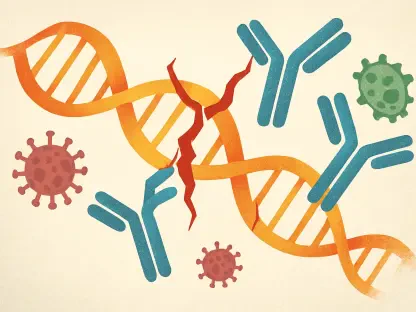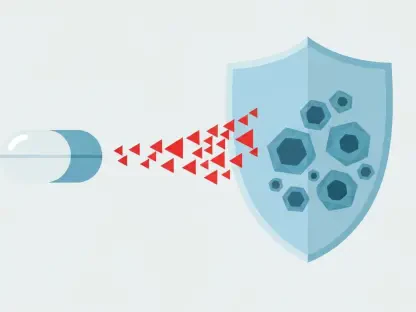Metastatic breast cancer remains one of the most challenging forms of cancer to treat, with only about one-third of patients surviving beyond five years post-diagnosis. Traditional treatments such as chemotherapy, radiation, and surgery have shown limited effectiveness, often accompanied by significant side effects. This article aims to explore the potential of focused ultrasound (FUS) technology in transforming metastatic breast cancer therapy, examining a range of expert opinions and insights.
Beyond Traditional Treatments: Understanding Metastatic Breast Cancer
Current metastatic breast cancer therapies come with limitations, including significant side effects and limited effectiveness in slowing disease progression. Traditional methods like chemotherapy and radiation are often toxic and can harm healthy tissues, further affecting patients’ quality of life. Thus, there is an urgent need for more effective and less harmful treatment options.
Focused ultrasound technology promises to open new frontiers in cancer treatment. It offers a non-invasive approach that targets tumors precisely, potentially reducing side effects and improving patient outcomes.
The Power of Sound Waves: Pioneering New Frontiers in Cancer Treatment
From Concept to Clinic: How Focused Ultrasound Works
Focused ultrasound (FUS) operates on the principle of using sound waves to precisely target and treat tumors. Research has demonstrated its ability to convert sound into therapeutic energy capable of breaking down tumor barriers and facilitating drug delivery. Groundbreaking case studies show promising results, though some experts caution about potential challenges, including technical limitations and regulatory hurdles.
Precision and Safety: How FUS Targets Cancer with Minimal Harm
FUS distinguishes between cancerous and healthy tissues, ensuring minimal damage to surrounding areas. This precision has led to real-world applications, significantly shifting medical practices. However, this technology faces risks and regulatory challenges, and the competitive landscape continues to evolve as industry leaders aim for broader adoption.
Expanding Horizons: Therapeutic Innovations and Emerging Trends
Ongoing development in FUS therapy shows promising innovations on the horizon. Regional adoption patterns are diverse, with some areas embracing FUS technology more rapidly than others. These emerging trends challenge existing paradigms and offer potential disruptions in cancer treatment methodologies.
Beyond the Tumor: Comprehensive Approaches in Breast Cancer Treatment
Integrating FUS with other novel therapies can provide a holistic treatment approach for metastatic breast cancer. Compared to traditional treatments, FUS has shown potential for greater effectiveness with fewer side effects. Industry experts believe that this technology could significantly broaden its applications beyond breast cancer, revolutionizing the entire cancer treatment landscape.
Transformative Impact: Recommendations and Future Strategies
Key takeaways indicate that focused ultrasound presents a promising alternative for metastatic breast cancer therapy. Clinicians, researchers, and policymakers should consider the integration of FUS into clinical practice to enhance treatment outcomes and minimize toxicity. Practical strategies include advocating for more research funding, developing robust clinical trials, and establishing clear regulatory frameworks.
The Path Ahead: Future Implications of Focused Ultrasound in Cancer Therapy
The transformative potential of focused ultrasound in cancer therapy remains significant, as highlighted throughout the article. Continued research, future studies, and long-term impacts will undoubtedly shape the future of cancer treatment. Embracing this promising technology can lead to more effective, less toxic treatments, ultimately improving patient survivorship and quality of life.
The journey toward advancing focused ultrasound technology in cancer therapy necessitates ongoing collaboration between researchers, clinicians, and policymakers. As the field evolves, it plays a crucial role in overcoming the critical bottlenecks in breast cancer treatment, leading to improved patient outcomes.









